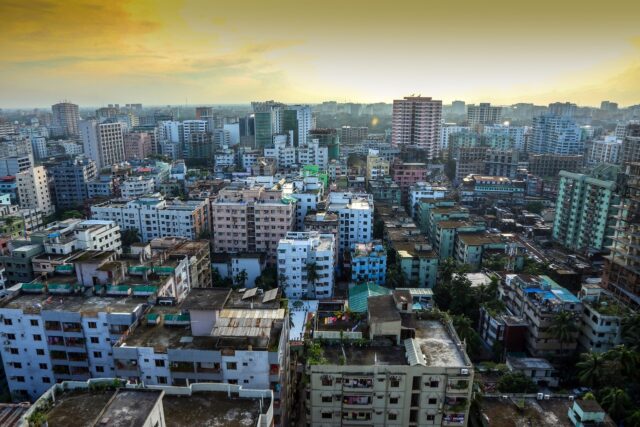Team Philippines jumps to Rank 24 in medal table
PARIS, France — With two golds and two bronzes, Team Philippines was just outside the Top 20 in the medal table with only four days of hostilities to go in the 2024 Olympics.
After Carlos Yulo’s two-gold blitz in gymnastics, the Philippines even ranked as high as No. 19.
“We’ve surpassed our Tokyo performance with two golds and two bronzes here,” said Philippine Olympic Committee President Abraham “Bambol” Tolentino.
The country had a 1-2-1 gold-silver-bronze breakthrough in Tokyo courtesy of weightlifter Hidilyn Diaz and boxers Nesthy Petecio, Carlo Paalam and Eumir Marcial. It was bettered here by the two golds of Mr. Yulo and the bronze feats of Ms. Petecio and Aira Villegas.
Mr. Tolentino is still hoping the medal harvest to jump to five or six with Bianca Pagdanganan and Dottie Ardina competing in women’s golf and Vanessa Sarno the last Philippine bet to vie in weightlifting Friday. Fighting at 59kg Thursday afternoon (late Thursday in Manila) was Elreen Ando.
“With a bronze we will surpass the four medals in Tokyo,” said Mr. Tolentino, celebrating the great ride of the Philippines in the last two Olympics.
“Counting the silver in Rio (of Hidilyn Diaz), the four medals in Tokyo and the four now here, it’s nine medals after going without a medal in the Olympics for 20 years. Four medals (in Paris) from a 22-strong team with meager funding, that’s excellence,” said Association of Boxing Alliances in the Philippines Chairman Ricky Vargas.
Mr. Vargas, also former president of the Philippine Olympic Committee, tipped his hats off to the current chief of the country’s Olympic body. “Cong Bambol, thank you,” said Mr. Vargas in their brief chat at the end of the last bout for Philippine boxing here.
Before the start of action Thursday, Team Philippines was at No. 24 in the medal table paced by the USA with a 27-35-32 tally followed by China (25-23-17), Australia (18-12-11), France (13-17-21) and Great Britain (12-17-20) in the Top 5.
China was the leading Asian team followed by South Korea (12-8-7), Japan (12-6-13) and then the Philippines and Hong Kong which were tied with identical 2-0-2 hauls.
The highest finish the Philippines has achieved was 25th with a three-bronze take from eight athletes in 1932 in Los Angeles. Delivering the medals then were Simeon Toribio (high jump), Teofilo Yldefonso (swimming) and Jose Villanueva (boxing).
The Philippines came in 69th in breaking a long medal drought through Ms. Diaz’ silver in 2016 in Rio. The country then moved up to 50th with one gold, two silvers and a bronze in Tokyo. — Nelson Beltran











